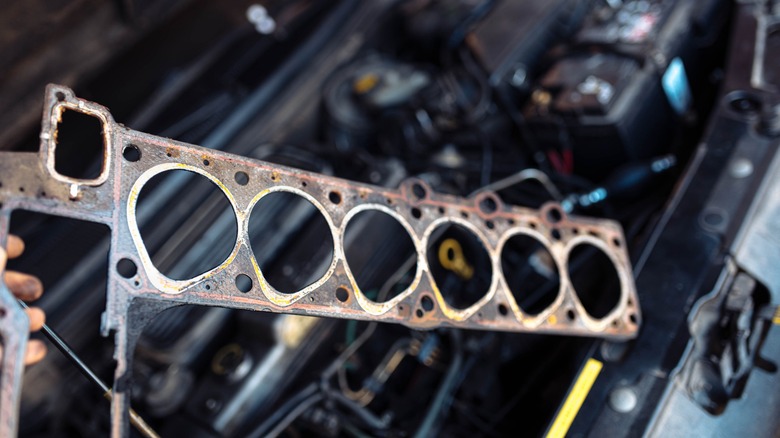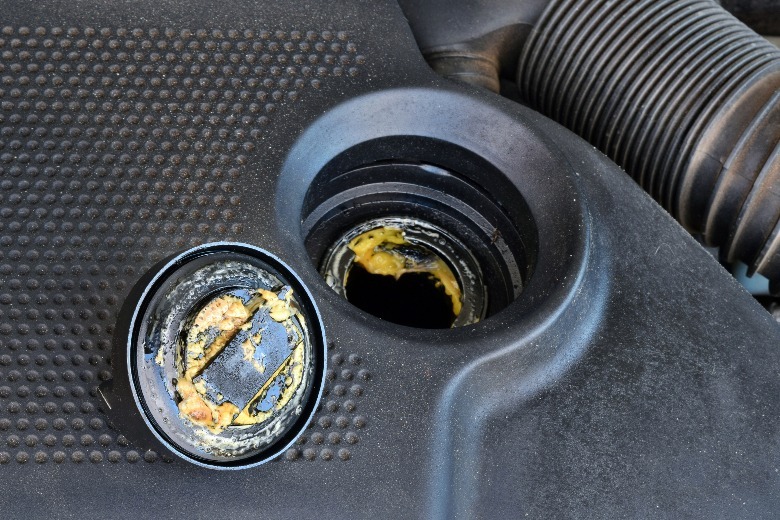Top Reasons Your Car Is Losing Coolant Without A Leak
The coolant inside your car's engine does more than keep it cool. Although your engine will run fine with regular water, coolant has anti-freeze and lubricating properties to prevent corrosion to vital internal parts like the thermostat, water pump, heater core, radiator, and engine block. In addition, coolant has a higher boiling point than water and keeps the engine in tip-top shape when driven in hotter weather.
Since coolant is a necessary ingredient in an efficient cooling system, you must regularly keep a close eye on your car's coolant levels. Ignoring low coolant levels or visible leaks could lead to engine overheating and costly repair bills. If you notice sudden coolant loss in the reservoir, check for external leaks from coolant hoses, the radiator, the heater core, or the radiator cap. Minor leaks will eventually lead to significant losses over time, so it's critical to find coolant leaks before overheating takes its toll.
However, not all coolant leaks are immediately recognizable. Sometimes, your car's engine could lose coolant without signs of external leaks. The worst-case scenario is an internal coolant leak where the engine could burn coolant, oil, or both. Here are the possible reasons for it.
Internal coolant leaks
An overheating engine could lead to premature head gasket failure. The head gasket seals the combustion chamber from debris, oil, and other liquids to maintain the appropriate compression pressure required to make power. When there's a breach in the head gasket, the engine will burn coolant, which could explain why your vehicle loses coolant despite having no external leaks.
Besides losing coolant in the reservoir, the symptoms of a leaky head gasket include white smoke from the exhaust, rough idling, poor performance, and milky oil in the engine dipstick. Pull out the dipstick and check for a somewhat frothy, milky oil. If that's the case, it points to a severe coolant leak and would require immediate repair. The coolant could also leak via a fractured cylinder head or manifold.
Moreover, persistent low coolant levels could mean faulty or leaking turbo seals. If your car has a turbocharged engine, check the undercarriage for leaks and watch out for black smoke from the exhaust. Other symptoms include whining noises under the hood, mediocre performance, and an illuminated check engine light.
Lastly, it's a great idea to replace the radiator cap. A worn-out radiator cap usually leads to coolant loss while driving, making it tricky to diagnose the problem when the vehicle is not running. As a rule, you should never turn or remove the radiator cap when the engine is hot. Wait for the motor to cool down for two to three hours before removing the radiator cap.


